Pest, the winter of 1820–1821. The pontoon-bridge had been dismantled, and boats could not cross the river as drift ice made the 300-350-metre crossing a deadly journey. If the river had frozen over, the crossing would have been easy. However, the drifting ice locked everyone in place.
This was a part of life in Pest and Buda, and residents and travellers were used to these disruptions. There was no way to cross the river: rank, influence and money had no sway over nature.
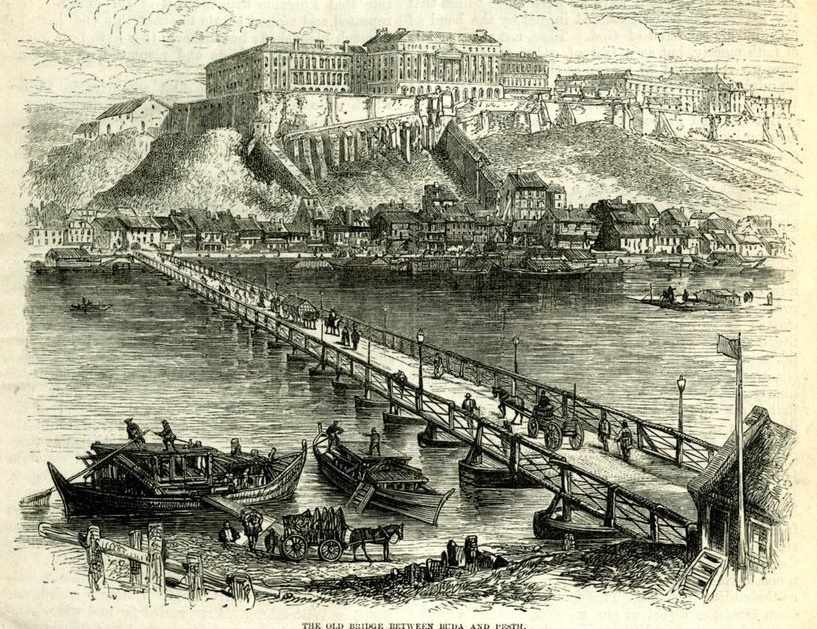
The Pest-Buda bridge in an English drawing (Robert Smith: Personal narrative of a ten years' mission in Hungary,
Source: FSZEK Budapest Collection)
The rules were adhered to so strictly that 20 years earlier, when Palatine Joseph and his wife had held a ball during which an ice drift began, the guests were forced to wait for it to stop before being allowed to cross the river back to Pest, despite being some of the most influential people in the country.
Despite this, the uncomfortable situation usually only stood for a few days a year. A pontoon bridge served the cities from spring to autumn. In winter, people could cross in boats, or if the river froze over (which rather common in the 19th century), a lane was maintained on the ice for this purpose. But there were days when the authorities forbade crossings due to the drifting ice.
This is exactly what stood in the 29-year-old hussar's way, even though he was in a hurry. His father had passed away on 13 December 1820 in Vienna, but his son, a military officer, posted in Biharkeresztes with his regiment, was only informed a week later.
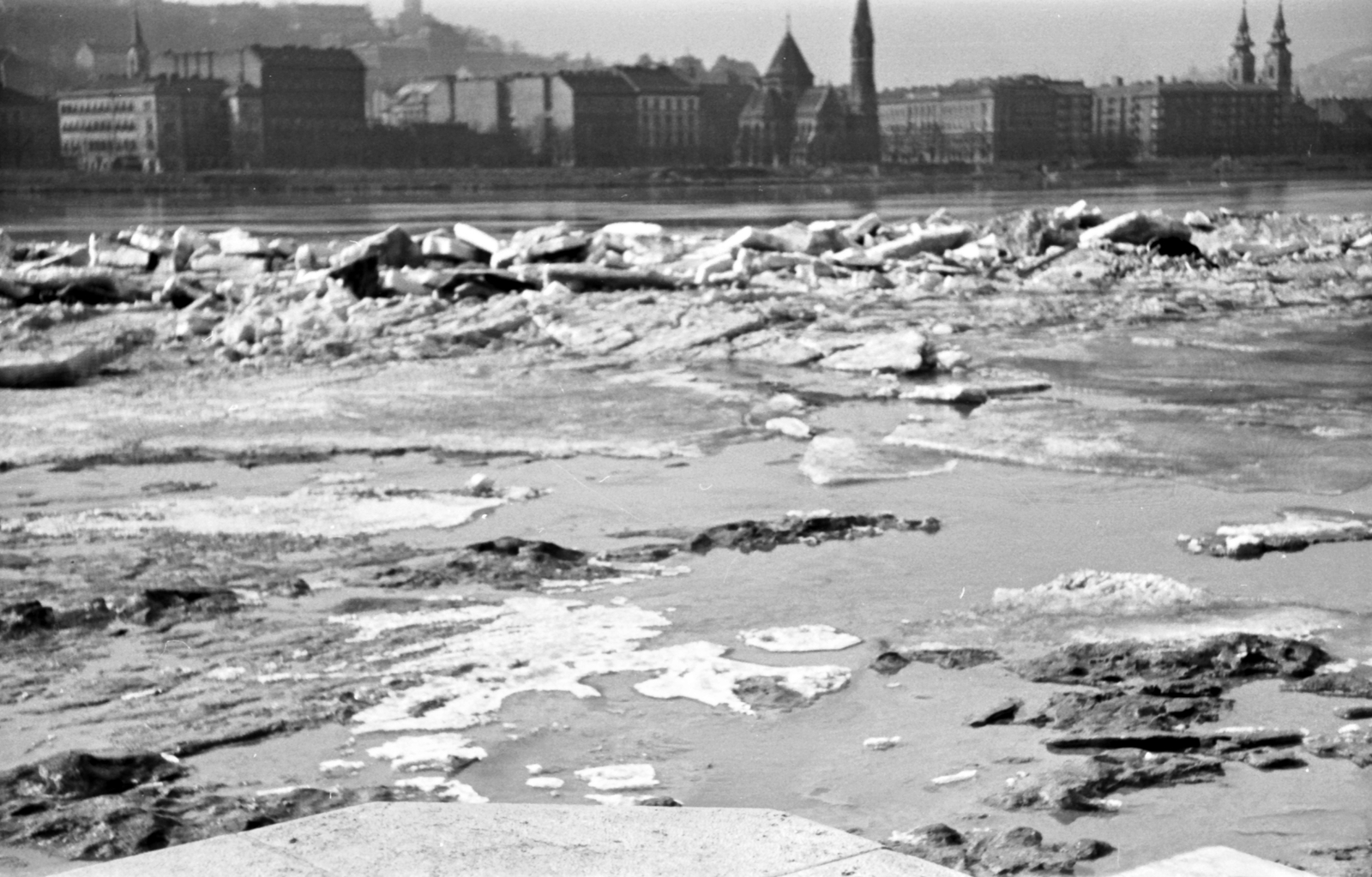
Ice drift on the Danube is hazardous; it can destroy not only boats but bridges (Photo: Fortepan/No.: 25370)
A week later, after settling his affairs, he departed for Vienna, arriving in Pest two days later. To be stopped by the Danube. The boatmen were so fearful of the Danube they could not be bribed, forcing the officer to stay with a friend. He wrote of the events in his diary:
“01.01.1821 – I came to Pest from the regiment as quickly as I could, hoping to spend half a day here, and then continue to Vienna without rest. I brought nothing but a uniform and clothes for travelling. I had left everything else in Vienna. The Danube has prevented me from crossing to Buda — as a result, I have been stuck here since the dawn of the 29th.”
A regiment of hussars was also waiting to cross, and though their officers also urged everyone to make the crossing possible, they were also stuck.
The increasingly impatient traveller made a surprisingly generous statement on 4 January, saying he would donate a year's worth of his income towards building a permanent bridge between Pest and Buda.
But who was this impatient young soldier? Count István Széchenyi, the youngest son of Ferenc Széchényi, in military service, and far from entering national politics. At the time, the youngest Széchenyi was best known for his somewhat scandalous love life, and his desperate efforts to secure his promotion to major.
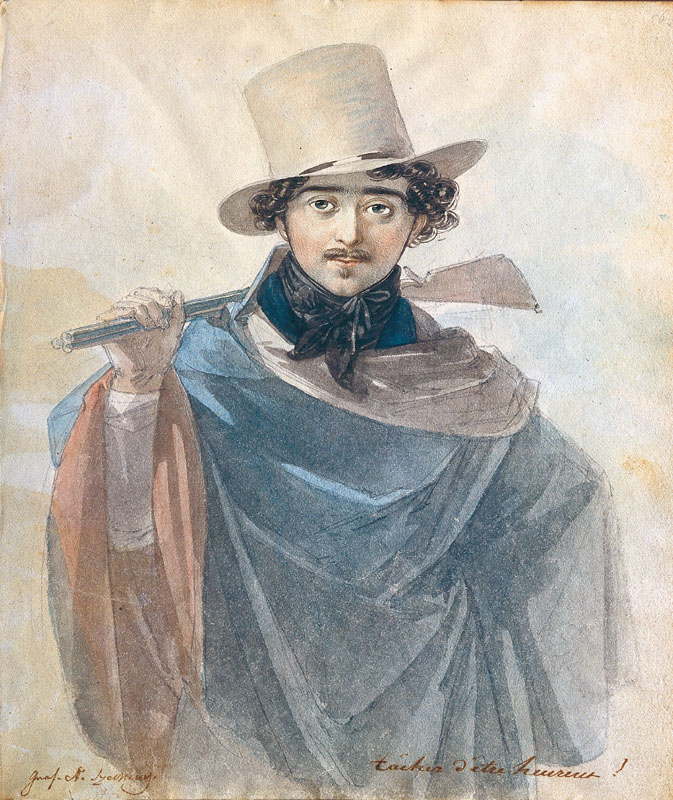
Count István Széchenyi as a youth, on a watercolour by Johann Ender (HAS Art Collection)
Nevertheless, he made the statement, despite having no plans to either live in Pest or be involved in the city's affairs. His three goals were to become a major, organize horse races, and secure a good marriage.
Fate eventually led him down a different road. He left his career in the army and turned his attention to new endeavours. He was first involved in the bridge-building project in 1825, but not through a monetary donation. At the request of Count Móricz Sándor, he collected all the available information on the Danube. Count Sándor then presented these to the famous engineer, Isambard Kingdom Brunel, whom he was discussing the possibilities of a bridge with.
In 1832 he joined the bridge-building effort in earnest. He had to overcome three major obstacles: convince politicians that the bridge was in the interest of both the Imperial court in Vienna and Hungary, collect the massive amount of funding needed for the construction, and find the engineer who would build the largest and most modern bridge in the world at the time between Buda and Pest.
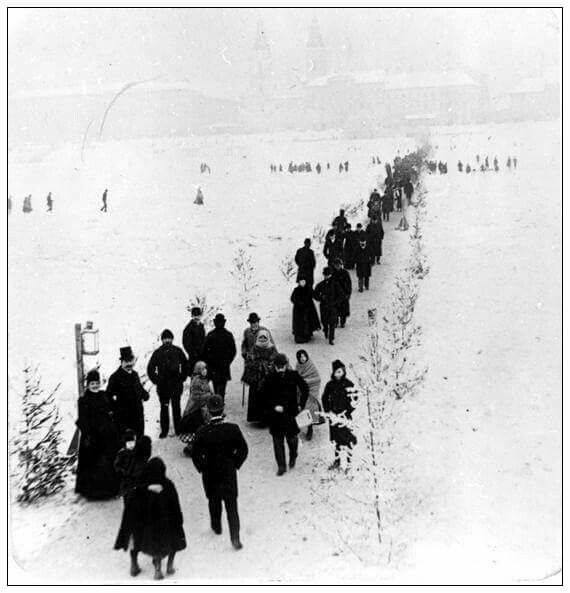
Ice bridge on the Danube in 1891. Crossing on the ice was common in the 19th century.
The ice was maintained and strengthened to ensure safety.
The bridge was completed in 1849. And it changed Pest. It changed Buda. It changed Hungary. It brought commercial, economic and political changes, brought new ideas into common knowledge, such as public limited companies or general taxation, and for all sense and purposes, practically created Budapest.
A permanent bridge would have eventually been built, even without Széchenyi, but it may have happened over 25 years later. But 200 years ago, Széchényi was stuck in Pest and made a reckless statement, to solve the problem of a permanent bridge between Pest and Buda.
However, it should be noted that in the end, Széchényi did not donate much of his income to the bridge. Of course, he donated 17 years of his life to the project but never owned a huge number of shares in the Lánchíd Public Limited Company, and risked little of his personal fortune in the process.
Cover photo: ice drifting on the Danube in 1937 (Photo: Fortepan/No.: 86027)

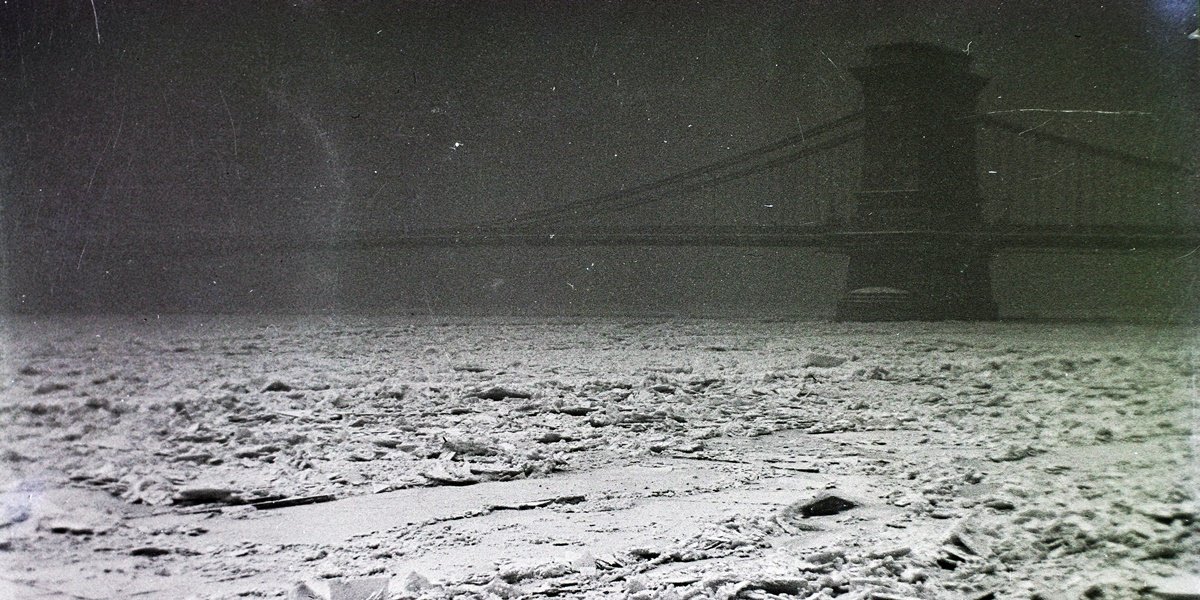



































Hozzászólások
Log in or register to comment!
Login Registration